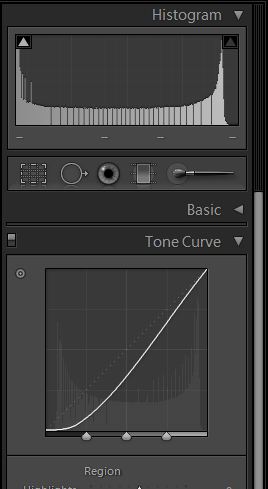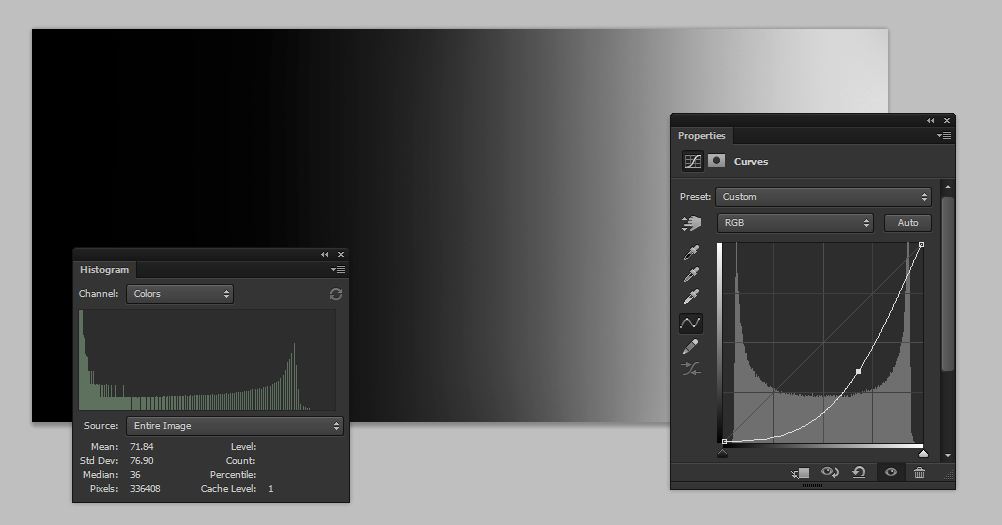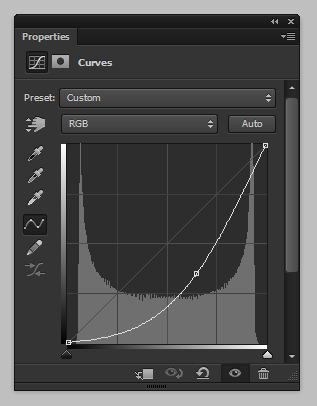Now, let’s look at Lightroom, and make sure it works the same way as Photoshop. Because Lightroom does some default processing on images, we see histogram depopulation when we first bring an eight-bit image into the program: But we can’t see histogram depopulation if we bring a 16-bit image in: Here’s what we get if… [Read More]
Archives for 2012
Histogram depopulation in image editing, part 3
In the previous post, I described histogram depopulation in images encoded with eight bits per color plane, as was the standard until about ten years ago. Nowadays serious photographers use image codings with 16 bits per color plane, which makes an immense difference. Here, in compact form, is what happens when we darken our test… [Read More]
Histogram depopulation in image editing, part 2
In 1991, I noted the phenomenon that Wells calls combing, came up with a few ways to artfully trade off image resolution for reduction or elimination of the effect, and submitted a patent disclosure to my employer. They weren’t interested in patenting the ideas, but instead published it in order to keep anyone else from… [Read More]
Histogram depopulation in image editing, part 1
The penultimate paragraph in the David Wells photo techniques article that I have been discussing is the following: The point is to get a good exposure for a raw file, even if it looks too light as seen on the back of your camera. Do this to avoid a “combed” histogram which results when you… [Read More]
Charlie Cramer on Lightroom 4
If you only read one post on the new tone controls in Lightroom 4, make it this one. Charlie Cramer has brought his artist’s sensibilities and extensive practical experience to the party, and he’s gone the extra mile and included screen shots of what happens when you apply various controls to photographs of step wedges. It’s… [Read More]
- « Previous Page
- 1
- …
- 19
- 20
- 21
- 22
- 23
- …
- 35
- Next Page »


